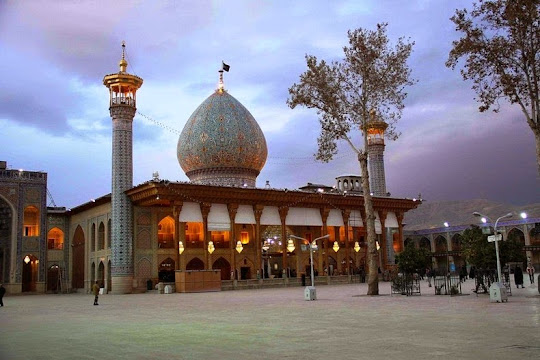The Witch’s Well, as it is called, is a peculiar attraction in the Estonian village of Tuhala. The well for the most time appears normal. But after a heavy downpour, it begins to spout water and floods the entire area – an occurrence the local people attributes to the misdoings of witches. According to legend, the witches of Tuhala gather in the sauna underground and beats each other vigorously with birch branches, oblivious to the commotion they create on the surface.

The truth is, the well happens to be placed just over an underground river. After rain water floods the river, water pressure builds to the point that it shoots up out of the well, usually for a few days. The well is only 2.5 m deep, but under pressure it can spurt water up to half a meter. It is said that more than 100 liters of water can flow out every second.
The well doesn’t “boil over” after every heavy rain. The last time it did was in April 2010, and before that in 2008 after a period a three years. And when it does, tourist all over Estonia come to witness it.

The Tuhala’s Witch well when it’s not flowing

Source
READ MORE»

The truth is, the well happens to be placed just over an underground river. After rain water floods the river, water pressure builds to the point that it shoots up out of the well, usually for a few days. The well is only 2.5 m deep, but under pressure it can spurt water up to half a meter. It is said that more than 100 liters of water can flow out every second.
The well doesn’t “boil over” after every heavy rain. The last time it did was in April 2010, and before that in 2008 after a period a three years. And when it does, tourist all over Estonia come to witness it.

The Tuhala’s Witch well when it’s not flowing

Source
































